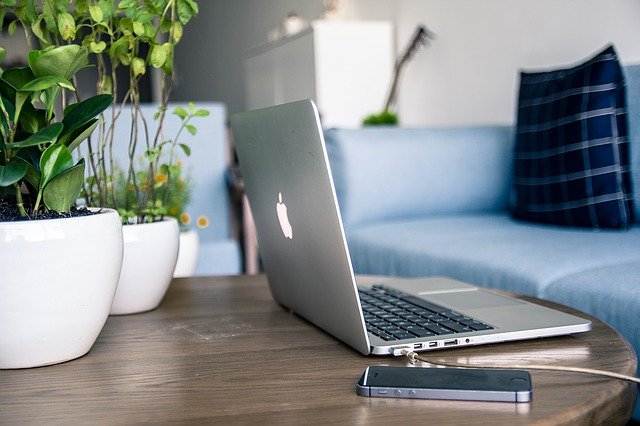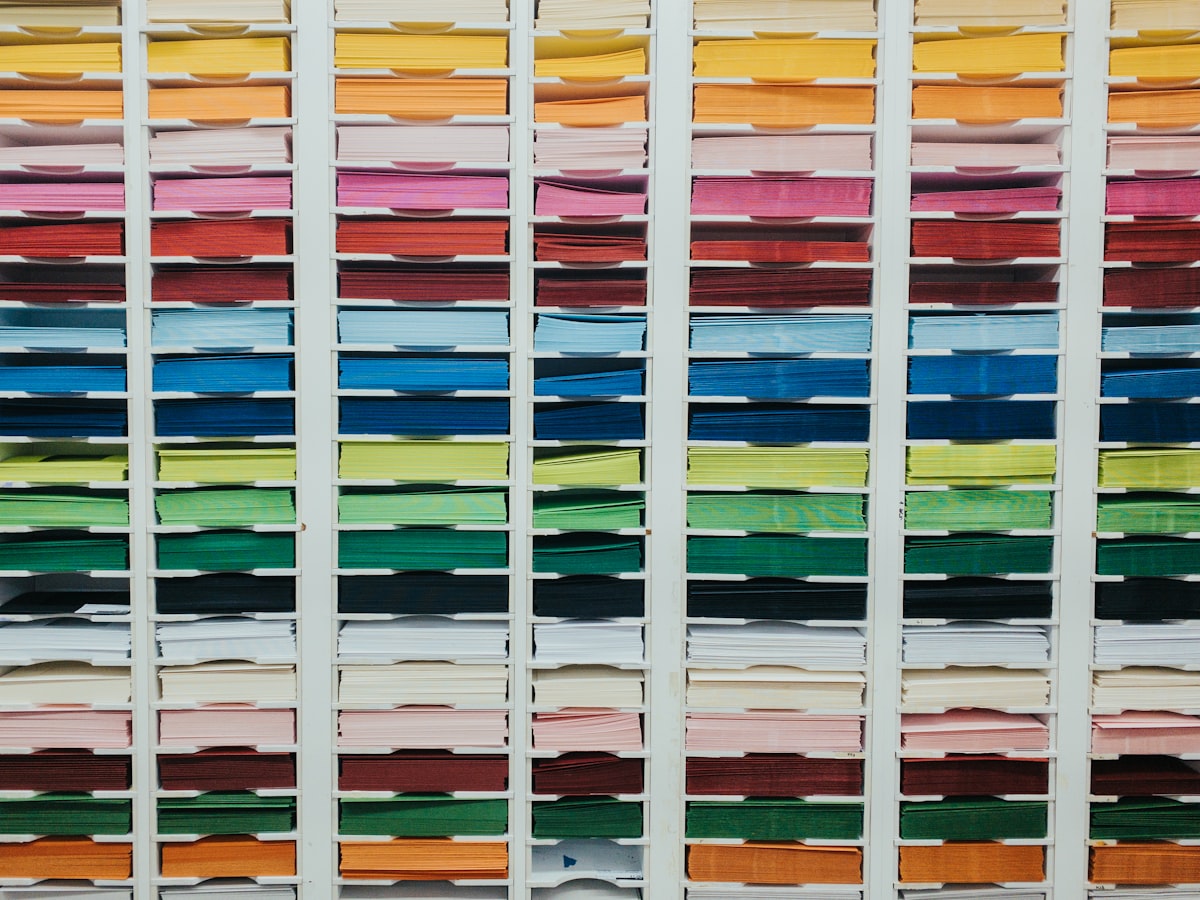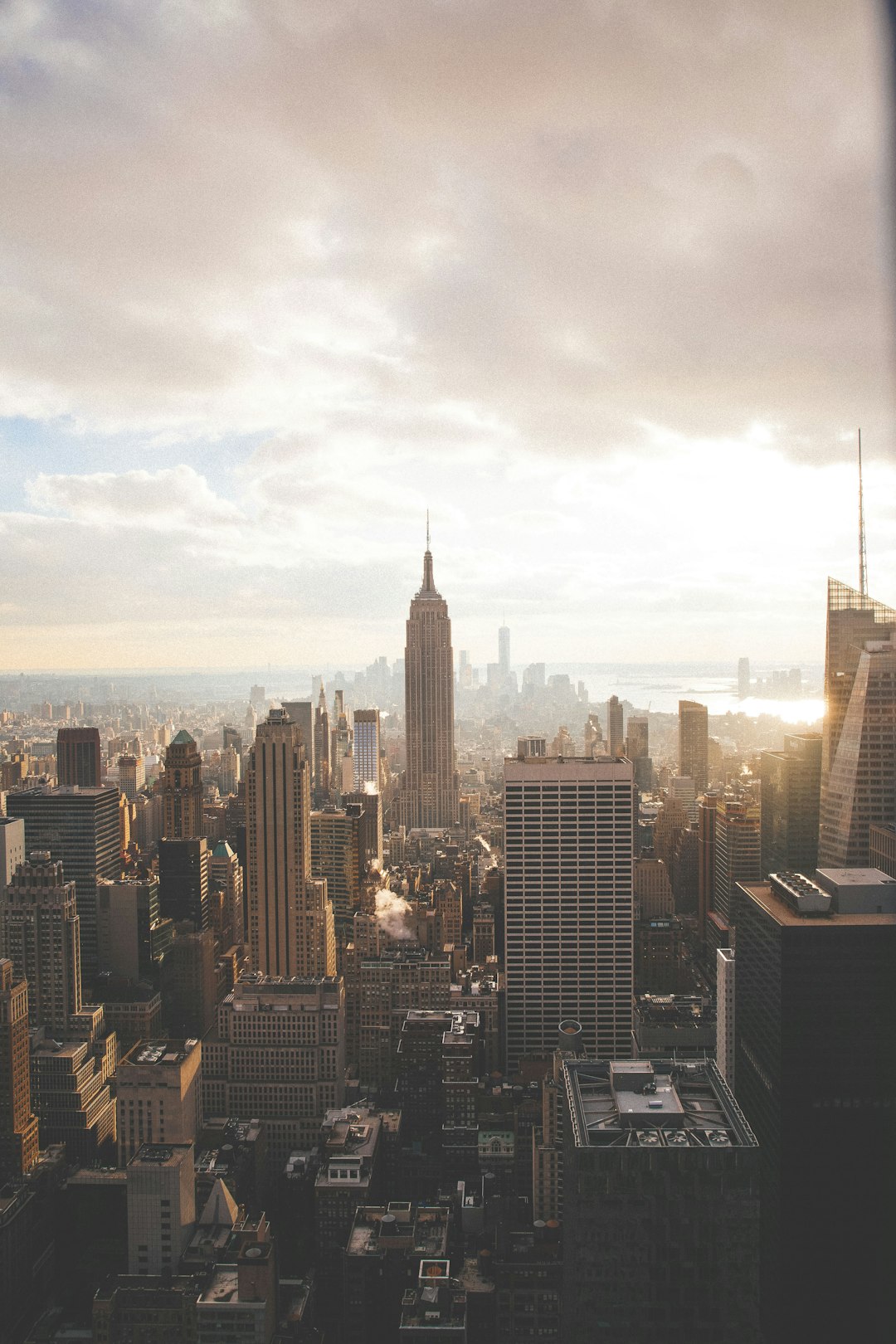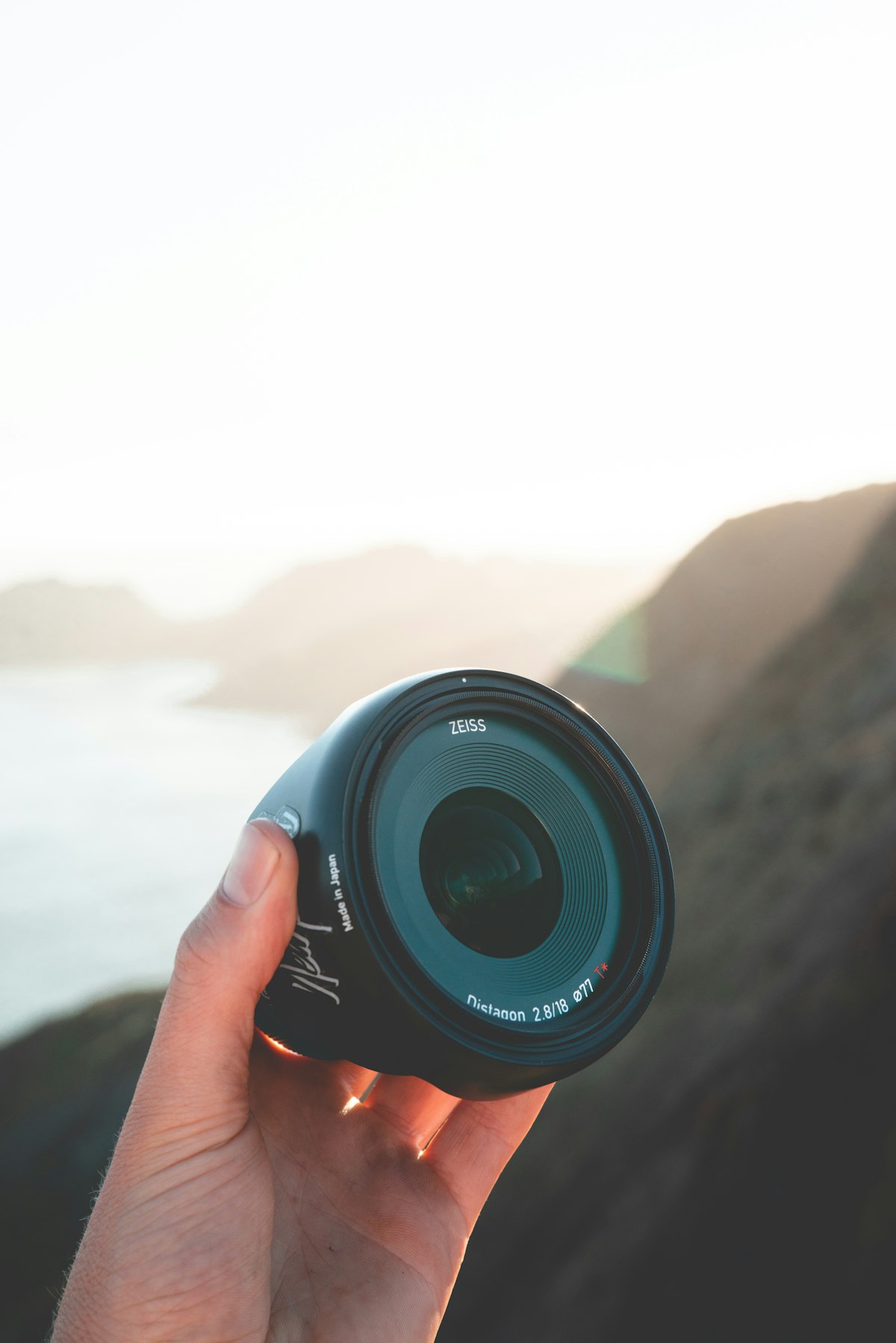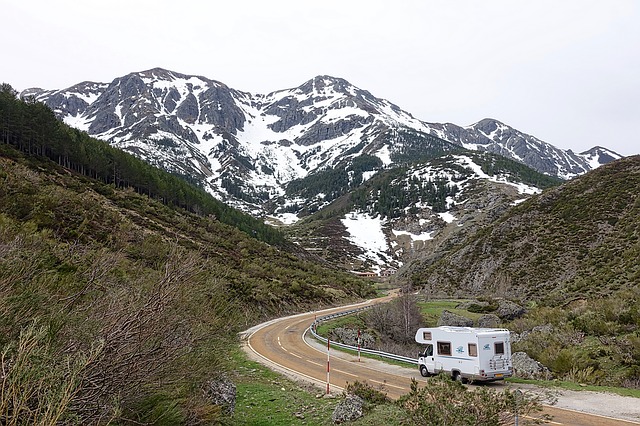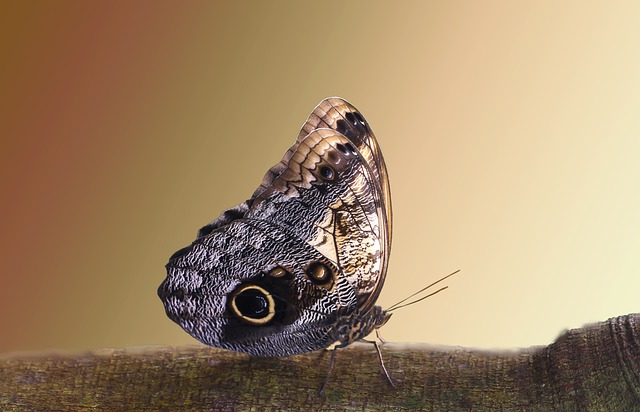
Good for you! The amount of information available can be confusing. Follow this easy, sensible advice to improve your pictures quickly.
Snap pictures with a sense of urgency. If you hesitate too long, the moment will pass and you will have missed the opportunity to get that perfect shot. The faster your camera is ready to take pictures, the better.
To shoot better photographs, try to stand closer to what you are framing in your shot. Getting close allows you to avoid distracting backgrounds, and nicely frame your subject. In addition, you are able to focus better on your subject’s facial expressions, which are very important aspects for portrait photographers. Smaller details are usually overlooked when the picture is taken from far away.
To take a great picture, move closer towards your subject. Getting up close allows you to put a frame around your subject while avoiding any disruptive backgrounds. It also allows facial expressions to really stand out, which can provide your pictures with a lot of emotion. If you stay too far, you could miss important details.
Shutter Speed
Choose the subject of your photo. High quality pictures will highlight a particular feature of the subject in your photo. Avoid the temptation to include your entire subject in the photo. To give a general impression of a subject, take a different pictures and organize them in a series rather than trying to capture everything in one picture.
It takes experimentation to learn which shutter speed works best in different settings. You can choose to leave the shutter open and capture the night sky as it swirls overhead, or set if for a fraction of a second to capture high speed action. A fast shutter speed lets you grab objects in motion and a shutter speed that is slow allows you to capture quiet natural settings.
Avoid capturing an overcast sky in your photos. An expanse of gray sky in your images will give them a dull, pallid appearance. If you really want or need a shot in overcast conditions, try a black and white picture to maximize contrast and improve the overall picture. A clear blue sky is always lovely in a photo, but adjust your settings to account for bright light.
It is important to give your photos depth when capturing landscapes. Add scale into your photos by including an object or person in the picture foreground. Set a small aperture, try one no greater than a f/8 if it’s a digital or f/16 with an SLR, so that your foreground and background can both be sharp.
Do not make adjusting your settings too complex. You should learn to use one camera setting at a time. This method will let you focus on taking the picture rather than wasting time messing with your camera, which will cause your subject to leave.
Always check out other photographers and what they are taking pictures of. If you look at other photographers’ work, you can learn new strategies for capturing a scene.
Take photos of interesting people whose faces tell stories. Make sure to always get their permission, though. Shots of people will stand out and help you remember great traveling experiences. Try capturing natural expressions and everyday clothing.
In photography, what you have inside of the frame sets off the overall composition of the image. Zoom in on your subject and eliminate any surrounding distractions. This method can help eliminate any unnecessary focal points and prevent tons of clutter in your pictures.
Practice makes perfect, so buy the largest memory card you can for you camera, and enable yourself to take a plethora of practice shots. While large memory cards can be a bit expensive, they are well the investment. Having one will ensure that you never run out of room for those precious shots. You will also be able to shoot RAW photos when you have a big memory card, which will allow you to edit them the most in post-production.
Play around with the settings on your camera and create different compositions for your photographs. You do not need an original object to take a high-quality picture. A good photographer makes even insignificant objects look interesting. Try different things to find a style that suits you.
Take pictures of the souvenirs you purchased when you travel. For example, photograph the shop where you had originally purchased the memento, or frame the object against a memorable background. This photographic memento creates a lasting memory of the context in which you made your purchase and makes it even more meaningful when you return home.
Memory Card
When shooting a subject, zoom in so that they fill the whole viewfinder. Nothing is as bad as taking a photograph of something that is not close enough to see well. Make it easier for yourself and for your viewers to see your subject clearly and vividly.
The more pictures that you take, the higher your chances will be for getting some great shots, so make sure you have a memory card that will hold a lot. A larger memory card will allow you to take as many pictures as you need without worrying about running out of space on the card. You can also use your camera to shoot your pictures in the RAW format, which allows for greater editing later.
Many different digital cameras feature built-in flashes, which turn on when you are taking pictures in dim light. This is good for random, candid shots, but if you want a professional look, invest in a flash that is external and offers more lighting. Be sure that your camera can take an external flash component and get one that fits it from a camera store.
Take pictures of your souvenirs when you travel. You might take a shot of the store, or photograph the item in its original setting. Your souvenirs will have more meaning and provide future enjoyment for you if you can create a story about each one.
There’s no hidden skill required to become a great photographer. You will gain more and more experience as you take your pictures. Feel free to experiment; there is no need to develop or keep all of the photos you take, especially if you use a digital camera. Your photography skills will improve and as you later review them, you will see what you need to do to take even better pictures.
When you take photographs, write a couple of notes about them. When sorting through mass amounts of pictures, remembering the exact context or setting of each photograph can be difficult. Use a notepad to record brief descriptions of shots as you take them and note each picture’s number next to its description.
Read the manual for your camera. Manuals may be off-putting because of their thickness and bulk. Most of the time they get thrown away or put away and forgotten. Instead of losing it, take time to actually read your manual. The manual can assist you in taking higher quality pictures and prevent dumb mistakes.
If taking photos with fluorescent lighting as the only available light source, adjust the cameras white balance to the proper settings. Fluorescent lighting tends toward the green and blue end of the spectrum, so photographing subjects under these conditions can make them appear cooler than intended if you don’t manually fix the red saturation on your camera.
Enhance your photograph with a silhouette. It is most common to use the sunset when creating a silhouette, though there are many other methods to try. To create a silhouette, you just need to ensure that your background is much brighter than your subject. Create a silhouette shot by putting your subject in front of a sunny window or by setting up a flash off-camera, behind the subject. Be sure, however, that the resulting outline gives a flattering depiction of the subject.
You might be more creative if you use limits. As an example, you may decide to take pictures for the day that represent the concept of “sour.” You might try shooting 100 photos from a particular viewpoint or inside the same room. By using limitations to your advantage, you’ll be forced to think more creatively, resulting in interesting and unusual pictures.
Finding photographic equipment that both works well and is enjoyable for you to use is important. Professionals will often recommend one particular name brand or another, but some lesser known manufacturers also offer strong options.
Do you want to take a photo that features a rain effect? You can easily create this look by using a spray bottle and lightly misting water on your subject.
You can easily improve photographs by buying a tripod. Slight movement and shaking of the camera becomes noticeable when you’re shooting pictures using slow shutter speeds. An inexpensive tripod effectively prevents your photographs from blurring. A tripod will have your pictures looking much more professional by eliminating some potential problems.
You may want to set your camera to take lower resolution pictures so that you can fit more images onto one memory card, but realize that you are sacrificing some quality in the process. The lower setting should only be used for images that will be shared via computer and not in print.
Strive to have an interesting object within the foreground of any landscape photos you shoot. A simple flower, leaf, or bug could give the shot an amazing focus and appeal. It will help lead the viewers to see the entire frame and it will also help to empathize the main subject.
Always keep your focus on the subject to ensure great photos. Keep that camera focused to ensure you maintain good composition in your photos. This is especially true when you first start out, keep the main subject in view and centered. Let the background figure itself out.
Use a tripod if you want to take pictures of a landscape. This will allow you to change your settings often without shaking the camera during a shot, especially when photographing a landscape.
You should know where sharpness appears in photos and how it works. Usually, the very center of the lens, and therefore, the very center of the picture, is where it is most sharp. From there, it progressively distorts as it nears the edges of your camera frame.
Images will be more attractive if they are balanced. By properly balancing photographs, you’ll have high quality photos fit for an art gallery. Use photo editing software to center your subjects and remove unnecessary background clutter.
When you take a picture of someone, the photo should be more than just their face. The human body is the perfect subject for beautiful photos.
Make your shutter speed higher if want to take pictures in dark settings. This will help to prevent annoying blurs on the image. Try using a shutter speed of a minimum 1/200 or use 1/250.
Digital Zoom
Enhance the final look of your photos by cropping them in appropriate places. Sometimes a picture is great, except there could be an unattractive element in the background, like a sock. There are other times that you capture a great shot just to find that it is not lined up correctly and that it is off center a bit. These issues can be easily fixed with some simple cropping.
Make sure you aren’t using digital zoom instead of optical zoom in your close-up pictures. Many cameras are set up so you can get as close as you want to your subject with the zoom feature; however, the image quality will be compromised as soon as your camera makes the switch from optical zoom to digital. Digital zoom uses an algorithm to add pixels which hurts the quality of the image. Read the manual of your camera to see if you can disable the digital zoom feature.
You might want to use a flash if you are taking photos outside. Facial shadows can be created by bright sunlight. If your camera features a “fill flash” setting, this is the situation it was made for. This flash setting will help light and correct the deep facial shadows caused by the sun.
This article has likely provided you with some new techniques you are looking to try out in your own photographs. If need be, return to this list of helpful hints. Keep at it to produce artistic photographs!
Photographing food can seem simple; however, it actually is pretty complicated. Not only does food never smile for the camera, but it can also move around and it usually won’t look ready to eat by the end of your photo shoot. As a result, you should focus on preparing any props beforehand. This could include things like china, flatware, and table linens. Once all the non-perishable items are set up for the shot, ensure that the lighting is right, and then you can introduce the food.
Many people aren’t sure where they can learn about Gopro Accessories,soft down alternative pillow soft
wholesale mattress protector twin xl
zippered mattress encasement. This article has so much information, you’ll be ready to move forward with confidence. Now, all you have to do is use this article’s tips.
